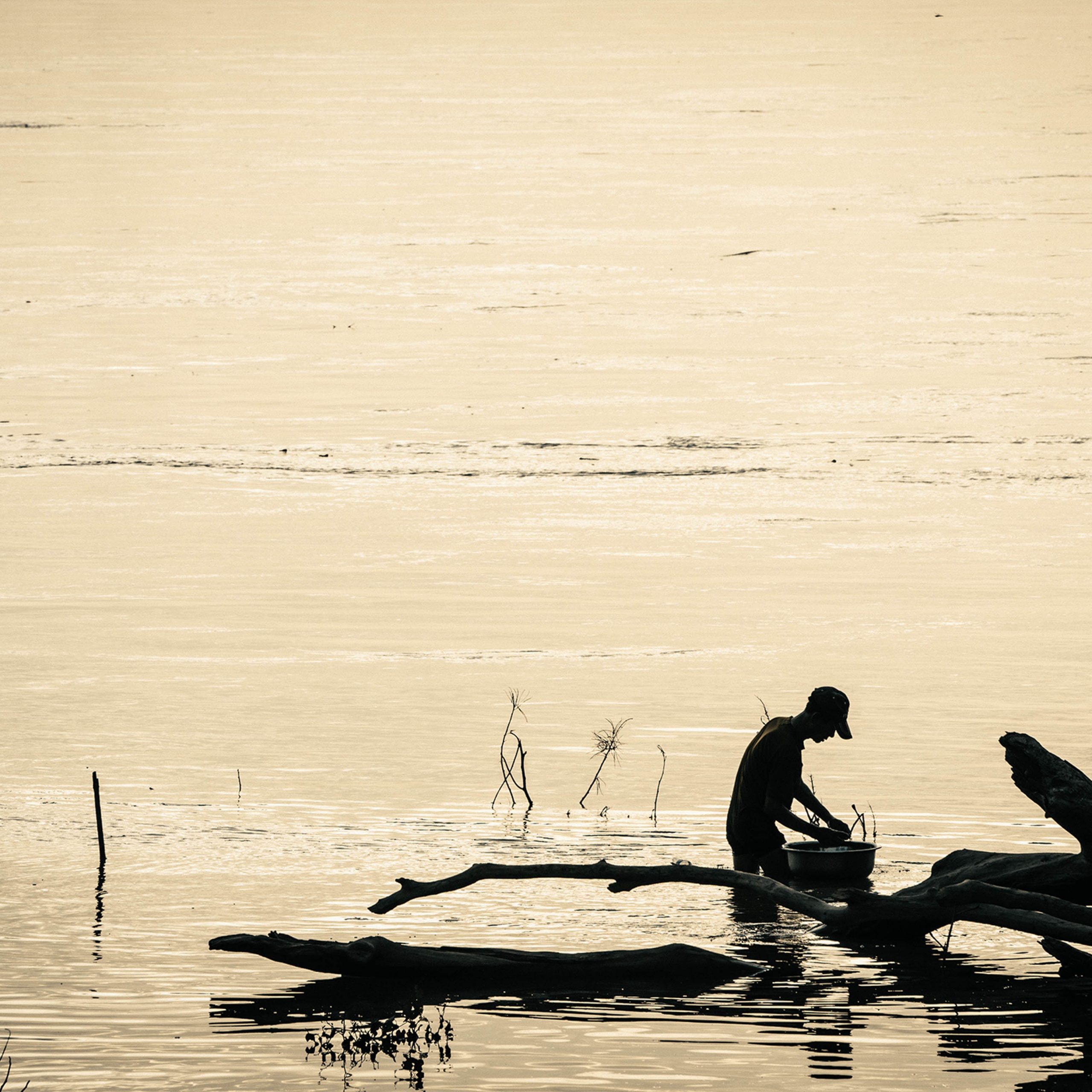The World Bank’s president, Jim Yong Kim, declared almost a year ago that the World Bank will “do hydro but in a way that everyone is resettled in a situation that is as good as or better than the situation they lived in.” However, its private-sector arm, the International Finance Corporation (IFC) continues to finance the controversial Lower Sesan 2 (LS2) hydropower dam in Cambodia, jointly backed by Electricity of VietNam (EVN), the Royal Group in Cambodia and a Chinese state-owned company.
How can the declaration of the World Bank’s president be taken seriously when the World Bank provides funding for the almost completed LS2 dam? The livelihoods of tens of thousands of people upstream and downstream from the LS2 dam’s construction site, whose lives depended on the ability to fish, have already been impacted. Hundreds are being pressured and intimidated to relocate from their homes to make way for the dam project.
While the construction of the LS2 dam is reaching completion, many affected villagers are refusing to give up their ancestral land and homes. One survey indicated that more than 90% of 378 interviewed villagers strongly request for the cancellation of the LS2 dam. Affected communities, civil society organizations and the academic community have been advocating for their concerns to be considered and their rights to be respected.
However, dam developers and shareholders are giving insufficient attention to the issues. Despite the fact that the LS2 dam is contracted to be a Build-Operate-Transfer model, government officials have declared publicly that it is a state-owned development project. This declaration makes it hard for direct meaningful communication between affected communities and dam-financing bodies. Most of the discussions so far have just been between affected communities, NGOs and the government technical working group of the Compensation Resolution Committee, who regularly bring along police military. It has become very likely that concerns and suggestions that have been raised by the affected communities and right groups are not shared with all dam-related shareholders.
The issues raised have violated some of, if not all, the eight performance standards on environment and social sustainability of the World Bank that are directed toward its clients, including project and corporate finance provided through financial intermediaries. Does the World Bank know about this? If they are informed, are they willing to take action or will they continue to be silent?
Conversations like this one at the NGO Forum on Cambodia which hosted National Dialogue Forum on Conflict Resolution related to the dam, have happened a number of times, even before the dam construction took place. Significant improvements still haven’t been made.
“We have no means to oppose government’s development but please do not resettle us from our land and our river!” said one of the affected women from Srekor community. “Most of us have been convinced and/or intimidated to abandon our home. I was born here I will die here because my home is here where my parents, grandparents and ancestors are buried here. If they block the river our village will be flooded, how can they compensate the graves of our ancestors.”
In response to that concern, one of the government officials in the LS2 dam technical working group, who also attended the forum, argued in favor of resettlement to make way for the dam. “I have heard people like you always use the complexities surrounding the grave yard and your cultural spirituality to oppose the dam development but we are compensating you everything that you are losing and remember this is the government’s development project and it’s the government’s policy for the interest of the whole nation”.
Organizations that give financial support to the LS2 dam should have the responsibility to take action in order to deal with the repeated call to stop the dam project, concerns around low-quality housing, farm land and insufficient compensation. There has also been a call for help from the affected communities. In a recent public forum, Ms. Sokhom, one of the LS2 affected villagers said the World Bank Group was as responsible as the companies building the dam. “If the World Bank gives its money to the company, it’s the same as the Bank destroying our homes and farms and killing our culture and tradition,” she said.
Ms. Sokhom and the communities impacted by the LS2 dam are not alone.
ERI currently has two active lawsuits against the IFC. In April 2015, we sued the IFC on behalf of fishing communities and farmers in India over the destruction of their livelihoods, loss and damage to their property, and the threats to their health caused by the IFC-funded Tata Mundra coal-fired power plant. In March 2017, we filed our second lawsuit against the IFC on behalf of Honduran farmers charging two World Bank Group members with aiding and abetting gross violations of human rights, marking the first time a community has sued the IFC in federal court for aiding and abetting crimes related to a project the World Bank Group funded.
It is a shame that the World Bank has been unwilling to take any responsibility to help resolve the problems caused by projects like the LS2 dam. It continues to be blindly led by the Royal Group of Cambodia, who is very junior in tackling compensation and resettlement issues of dam development.
This blog was a collaborative effort among various ERI staff.






